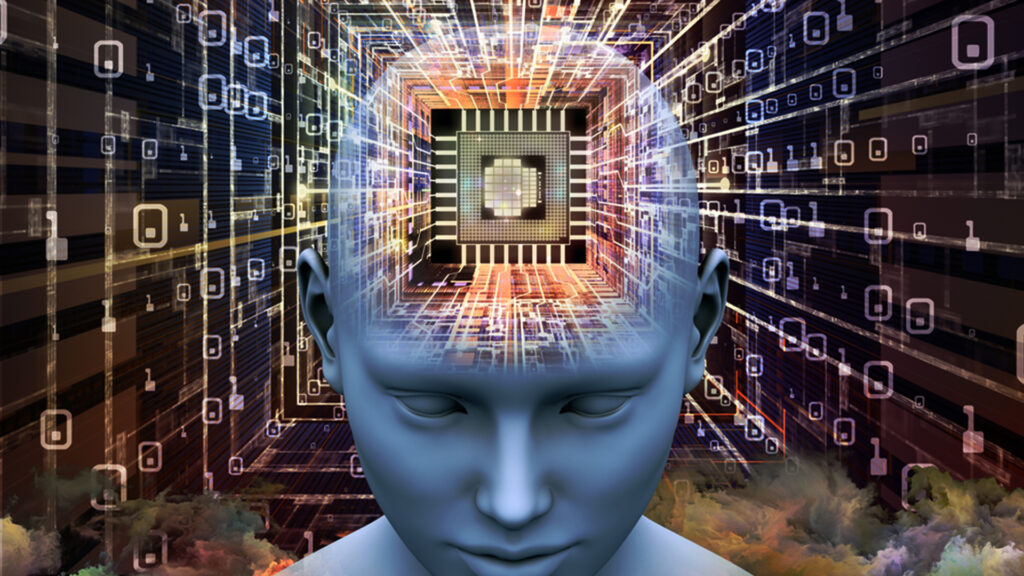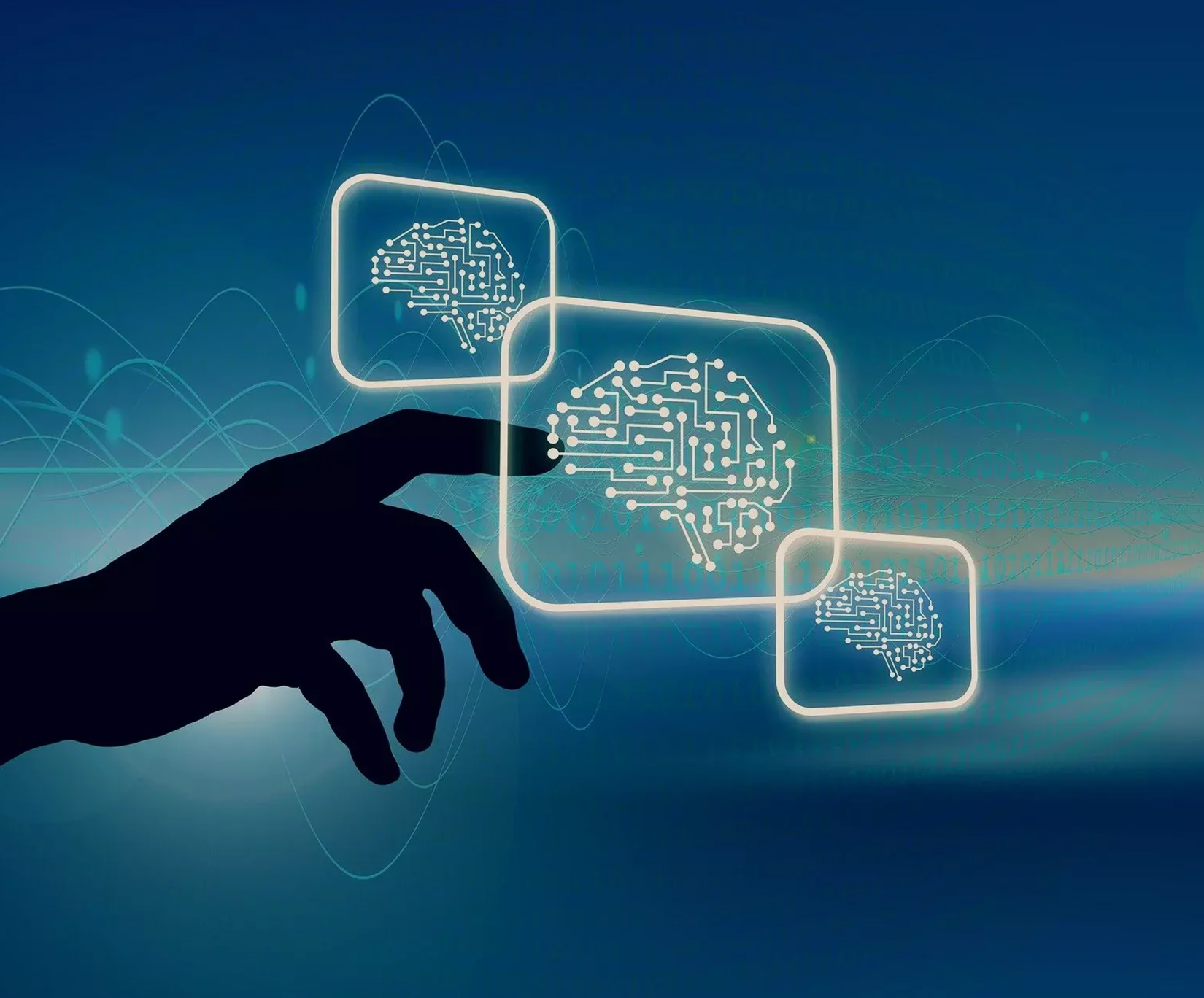Today, it’s impossible to imagine the world without Google. Like electricity, it’s now part of our everyday lives, and sometimes we don’t even notice its role. Can’t remember a song’s lyrics? Google it! Can’t find a store nearby? Google it! Can’t remember what year it’s? Well, you know the pattern! But notice one thing. We often ask Google questions as if we were talking to someone.
So how does this all work? For starters, let’s remember that Google is made of algorithms. And one of the most famous algorithms is the Google BERT model. It helps the search engine understand what people are looking for and optimizes the results. Simply put, it bridges the gap between Google and the human brain.

It may sound simple, but it’s fascinating when you think about it: technology has advanced to the point where it can understand the human language! Sometimes even better than our fellow humans! That’s exactly what we’re going to explore today. The following part -the BERT algorithm explained- is an overview of this cutting-edge tech achievement, and then we’ll see if Google can think like the human brain. Let’s get started:
BERT Algorithm Explained
BERT (Bidirectional Encoder Representations) is an open-source machine learning framework for natural language processing (NLP) designed to understand ambiguous language in the text. The Google BERT model uses and interprets the context surrounding the text.
Quick Overview of BERT:
- BERT algorithm update owed much to another technological breakthrough: Transformer
- It is a deep learning model that adopts the self-attention mechanism associating every output element with each input element.
- BERT dynamically computes weights between elements based on processing words relative to all other terms in a sentence, not on a one-by-one correlation.
Evolution of BERT Algorithm
Traditional algorithms only followed a sequential mechanism to tread input – left to right or vice versa, but couldn’t do both simultaneously. BERT reads in both directions, thus: bidirectionality! It allows a much deeper understanding of the contextual relationships between words and sentences.
BERT algorithm update includes other distinguishing features:
- BERT builds a language model without requiring large data sets, but only based on a small text corpus.
- Despite the smaller data requirement, BERT is much more accurate than conventional algorithms.
- The bidirectional approach of BERT allows the system to be taught more accuracy with much less data.
Once the model is trained on a small corpus, the process of “fine-tuning” begins. Fine-tuning BERT consists mainly of two methods: Next Sentence Prediction (NSP) and Masked-Language Modeling (MLM).
The training process starts with specific tasks: predefined inputs and expected outputs. Once this phase is completed, the Google BERT model can be used in various search engine systems to understand user search intent and indexed search engine content.

NSP & MLM
Let’s take a closer look at these two methods for fine-tuning the BERT core. When we talk about training data, we mean developing algorithms for understanding sentences in any language – similar to a child’s language acquisition. Next Sentence Prediction and Masked-Language Modeling are two unsupervised methods for training data.
NSP
Next Sentence Prediction takes two pairs of sentences as inputs. Some of these sentences match contextually; others don’t. The Google BERT model should be trained to distinguish valid and false pairs. It’s partly a logical inference and a semantic understanding of the corpus that allows the BERT algorithm update to identify sentences that correctly match.
MLM
Masked-Language Modeling is a fill-in-the-blank task where BERT is given a text in which some words (15 percent) are randomly masked out, and the algorithm must predict which word it’s based only on context. This optimizes the search engines with a predictive capacity to not only understand the input but also predict it and produce accurate output based on that prediction.
So, Can Google Understand Things Like the Human Brain?
In a way, yes! Even much more accurate, faster, and logically coherent than our brains. Thanks to breakthrough machine learning capabilities, Google can now understand our language with 95 percent accuracy. So it’s safe to say that the BERT algorithm update understands words, phrases, and entire pieces of content just as we do.
But there are still a few things the AI needs to learn. According to recent experiments, sequential learning and prioritizing different outputs require more and more training to simulate human thinking. Moreover, thinking is a complex concept that sometimes confuses the human mind.
We can be pretty certain that AI will increasingly be able to organize logical semantic structures to understand simple and complex contexts. But understanding things like the human brain is a far more challenging task. Emotion and sentiment analysis experiments in recent years are inspiring and make us eagerly await the day when AI can understand things even better than the human brain!
Still have questions? Get in touch with SEO Experts today.
Related Post
Publications, Insights & News from GTECH








